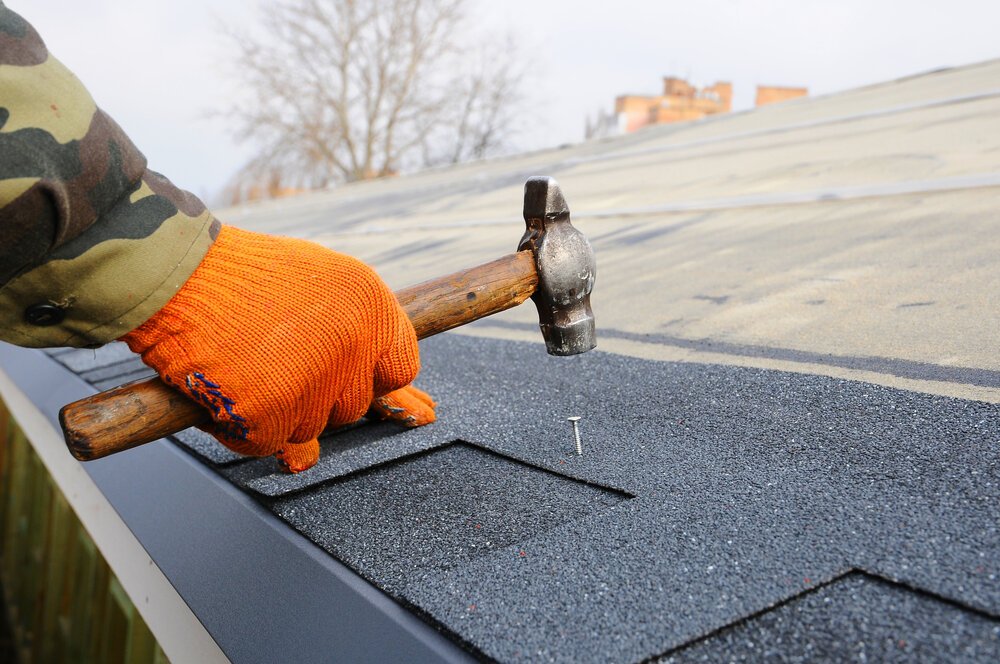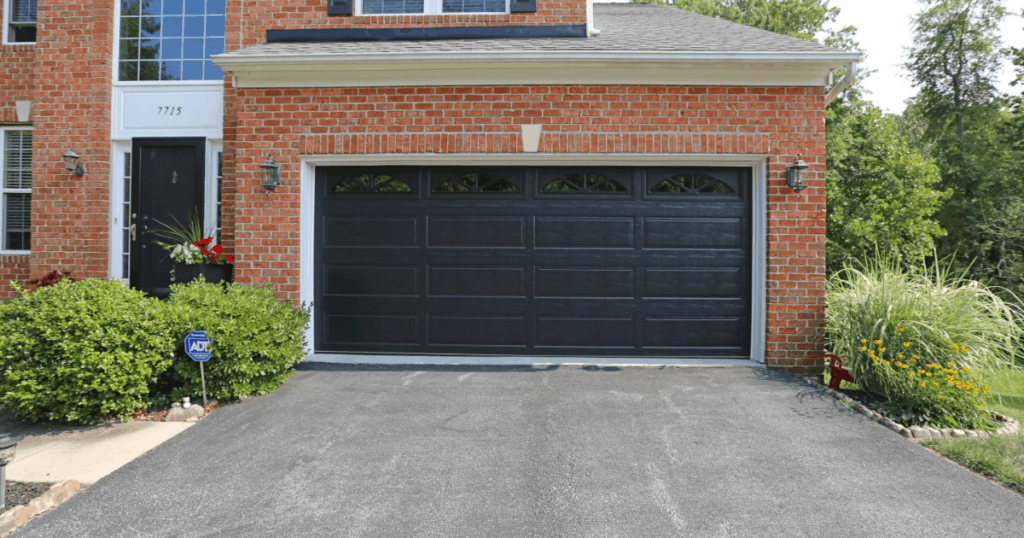Your roof is the unsung hero protecting your home from the elements, shielding you and your loved ones from rain, snow, and scorching sun. But what happens when this guardian starts to show signs of distress? Roofing problems can be a homeowner’s worst nightmare, causing leaks, mold growth, or even structural damage if left unattended. However, before you reach for the phone to call a professional roofer (and an expensive repair bill), consider that many common roofing issues can be fixed with a little time and effort on your part. If you ever feel unsure or uncomfortable with any aspect of roof repair, it is best to consult with professional Bronx roofers who have the knowledge and experience to handle the job safely and efficiently.In this article, we will explore some of these problems and offer simple DIY solutions to save you money and keep your roof in top shape.
Overview of common roofing problems.
When it comes to maintaining a well-functioning roof, homeowners often encounter common roofing problems that can lead to significant damages if not addressed promptly. One of the most prevalent issues is a leaky roof. Whether it’s caused by damaged shingles, an incorrectly installed flashing, or deteriorated underlayment, a leaking roof can result in water damage to the interior of your home, including ceilings and walls.
Another common problem is the growth of moss and algae on the roof surface. While they may seem harmless at first, these organisms can cause serious damage over time. Moss can trap moisture and retain it against the shingles, leading to rotting and deterioration. Similarly, algae can eat away at the protective granules on shingles and eventually weaken them.
Leaks: Causes, detection, and DIY repairs.
Leaks in your roof can be a homeowner’s worst nightmare. Not only do they cause damage to your home, but they can also lead to costly repairs if not addressed promptly. Understanding the causes of leaks and how to detect them early on is essential for DIY repairs or for communicating effectively with a professional roofer.
One common cause of leaks is damaged or aging roofing materials. Over time, shingles can become cracked or warped, allowing water to seep through. Additionally, flashing around chimneys and vents may degrade over time, creating vulnerabilities where water can enter. By conducting regular inspections of your roof and addressing any signs of wear and tear immediately, you can prevent leaks from happening in the first place.
Detecting leaks early on is crucial for avoiding major damage to your home. Keep an eye out for water stains on interior walls or ceilings as well as damp spots in your attic. Another effective method is performing a visual inspection after heavy rains or storms: check for missing shingles or areas where water might be pooling. Using a hose to simulate rainfall can also help identify potential leak points by observing where the water enters the structure.
Missing or damaged shingles: How to replace them.
Missing or damaged shingles can be an eyesore, but they can also lead to bigger problems if left unattended. It’s essential to address these issues promptly to prevent water damage and leaks. Luckily, replacing missing or damaged shingles is a task that you can tackle yourself.
To replace a missing shingle, start by removing the nails from the surrounding shingles, ensuring not to damage them in the process. Next, slide the replacement shingle into place and secure it with new nails. For damaged shingles, gently lift the edges with a pry bar and remove any debris underneath before installing a new one. Be sure to use roofing cement on all exposed edges for added protection against moisture.
Roof ventilation issues: Importance and troubleshooting tips.
When it comes to roofing problems, many homeowners often overlook the importance of proper roof ventilation. However, inadequate or improper ventilation can lead to a range of issues that can compromise the integrity and lifespan of your roof. Without adequate ventilation, heat and moisture can become trapped in your attic, leading to mold growth, rotting wood, and even structural damage to your home.
One common sign of poor roof ventilation is excessive heat buildup in your attic. During hot summer months, an improperly ventilated attic can become a stifling hotbox. This can not only make your living spaces uncomfortable but also cause your air conditioning system to work harder and increase energy costs unnecessarily. To troubleshoot this issue, start by checking for blocked vents or ensuring that there are enough vents installed for proper airflow.
Flashing problems: Identifying and fixing leaks.
When it comes to roofing problems, one common issue that homeowners often encounter is flashing leaks. Flashing refers to thin pieces of metal, usually aluminum or copper, that are installed on the roof’s joints and intersections to prevent water from seeping through. However, over time, these flashings can deteriorate or become damaged, resulting in leaks and potential water damage inside the home.
Identifying a flashing leak can sometimes be tricky since it may not always be visible from the ground. One clue is if you notice any water stains on your ceiling or walls near skylights or chimneys. Another sign could be a musty odor indicating moisture intrusion. To confirm your suspicion about a flashing leak, it’s crucial to inspect the roof more closely by looking for loose or missing flashing materials around vents and other roof projections.
Fixing a flashing leak requires some basic skills and tools but can save you significant costs compared to hiring professional help. The first step is removing any debris or old caulk around the damaged area with a wire brush and scraper. Then thoroughly clean the surface with soap and water before applying an appropriate roofing sealant as per manufacturer instructions. Finally, make sure to inspect your repair periodically to ensure its long-term effectiveness in keeping your roof watertight.
Conclusion: Summary of key points and final thoughts.
In conclusion, it is crucial to regularly inspect your roof for any potential problems and address them promptly. By understanding common roofing issues such as leaks, damaged shingles, and clogged gutters, you can save yourself from costly repairs or even a full roof replacement. Remember to prioritize safety while working on your roof and always follow industry best practices. Roofing services are essential for every homeowner, as they not only ensure the integrity of your roof but also protect your home from the elements. However, there are common roofing problems that can arise over time and knowing how to fix them yourself can save you time and money. One common issue is a leaky roof, which can lead to water damage if not addressed promptly.
Furthermore, taking proactive measures to prevent these problems can greatly extend the lifespan of your roof and protect your home. This includes keeping trees trimmed away from the roof to prevent damage from falling branches or leaves, maintaining proper attic ventilation to prevent condensation buildup, and scheduling regular professional inspections.




